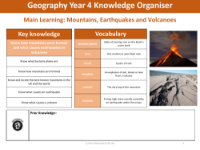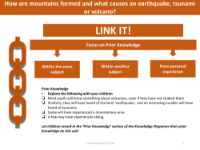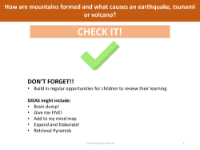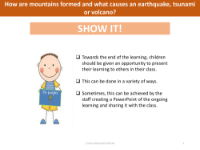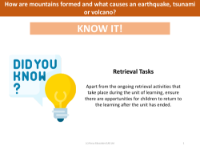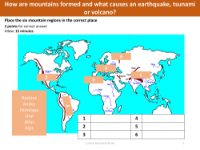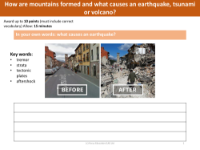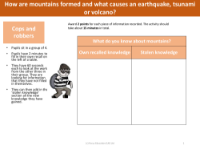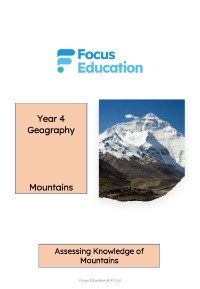Locate on a map - Three volcanoes
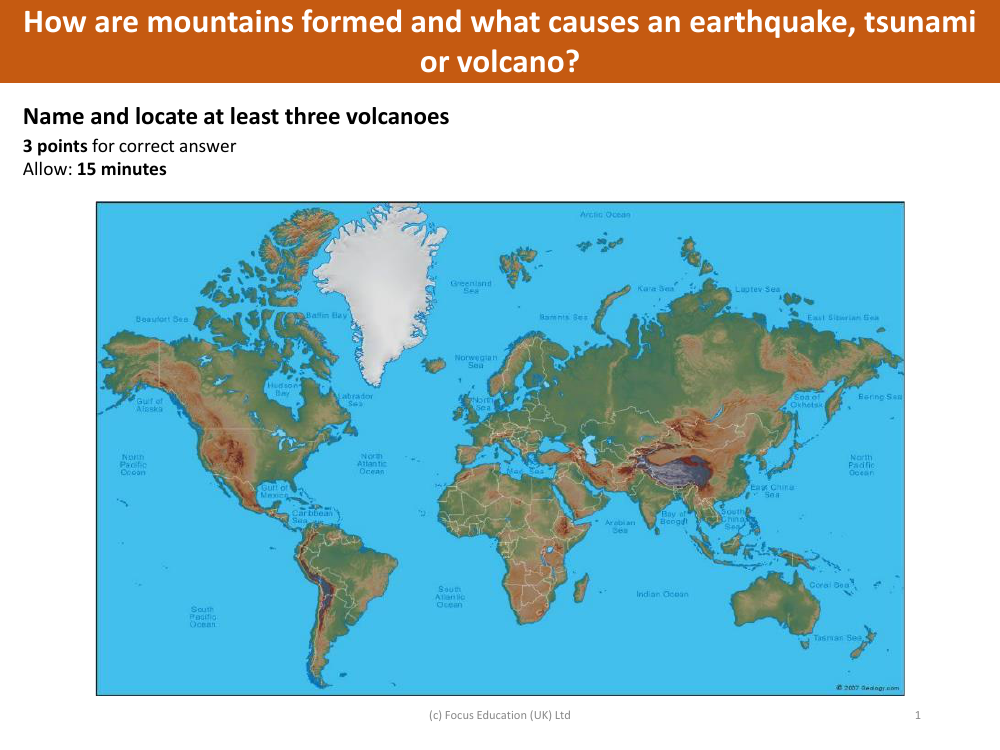
Geography Resource Description
When tasked with locating three volcanoes on a map, students are encouraged to identify and pinpoint the geographical positions of at least three distinct volcanic structures. This exercise, which is worth three points for a correct answer, not only tests the students' knowledge of world geography but also their understanding of where volcanic activity is prevalent. They are given 15 minutes to complete this task, which serves as an engaging way to learn about the distribution of volcanoes around the globe.
The formation of mountains, along with the causes of earthquakes, tsunamis, and volcanoes, are fundamental topics in the study of Earth's geology. Mountains are primarily formed through the movements and collisions of Earth's tectonic plates, which can push the Earth's crust upwards in a process known as orogeny. Earthquakes occur when there is a sudden release of energy in the Earth's crust, creating seismic waves, often due to the movement of tectonic plates. Tsunamis are typically caused by underwater earthquakes or volcanic eruptions, which displace large amounts of water. Volcanoes are formed when magma from within the Earth's upper mantle works its way to the surface. At the surface, it erupts to form lava flows and ash deposits. Over time, as the volcano continues to erupt, it will grow larger.

